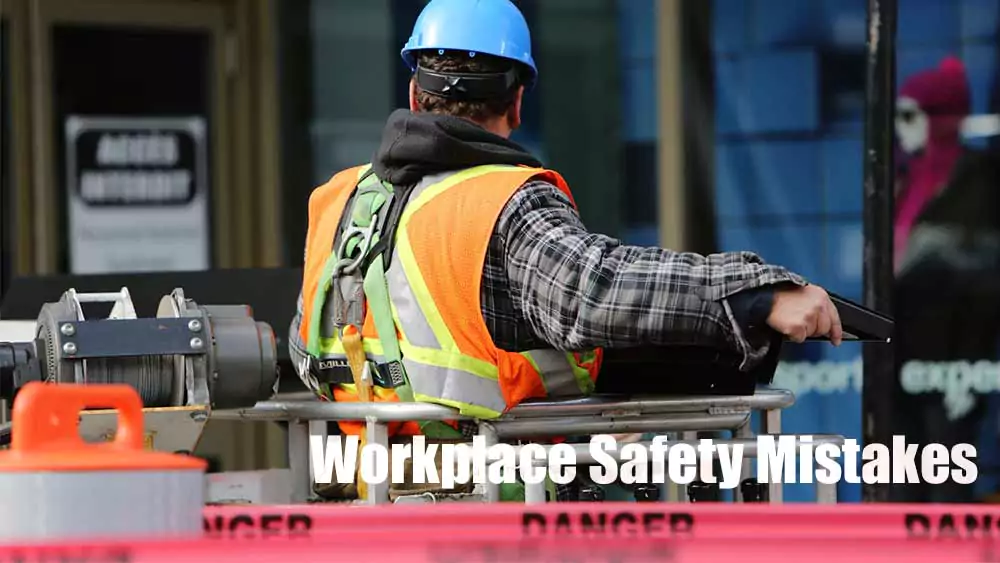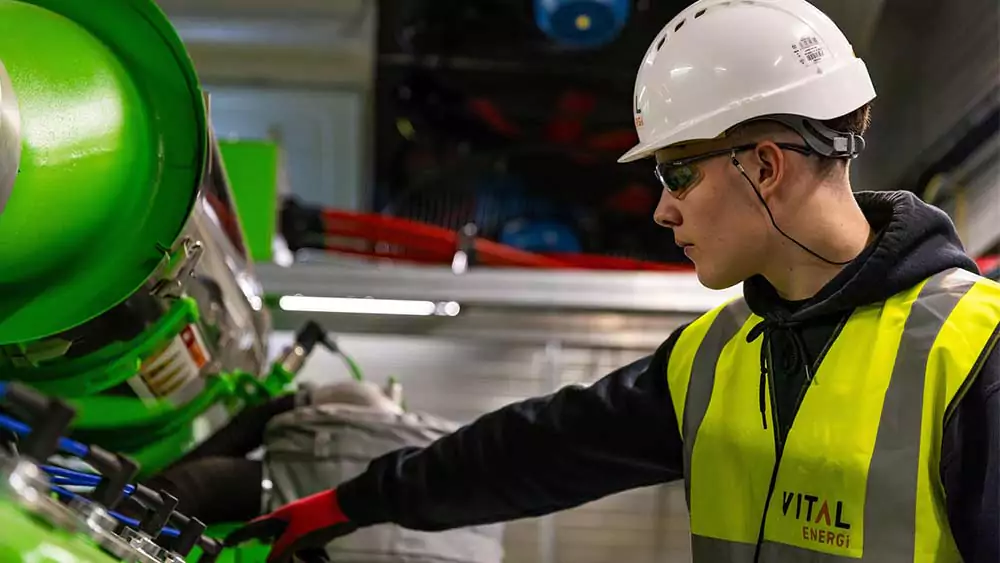6 Most Common Workplace Safety Mistakes to Avoid in 2025

Workplace safety is a top priority for every organization, aiming to protect employees and enhance productivity. Workplace safety mistakes can lead to accidents, injuries, and even fatalities, making it crucial for business leaders to understand common pitfalls.
In 2025, the focus on workplace safety is intensifying as organizations adapt to changing regulations and emerging technologies. Here are six common workplace safety mistakes to avoid this year to create a safer environment for your team.
Stop These 6 Workplace Safety Mistakes Before They Happen
Avoid common workplace safety mistakes in 2025 with proper training, drug testing policies, and mental health support to protect your team and boost productivity.
6. Lack of Proper Training and Education
One of the most prevalent mistakes in workplace safety is insufficient training. Employees often do not receive adequate training on safety protocols, equipment usage, or emergency procedures. To mitigate accidents, organizations must prioritize continuous education and hands-on training sessions, allowing employees to become familiar with potential hazards.
A robust orientation program that covers safety practices is important for new hires. Incorporating regular safety drills can reinforce knowledge and keep safety at the forefront of employees’ minds. Ensuring that the training material is up to date and relevant to current industry standards is crucial. Engaging employees in safety discussions can cultivate a culture of awareness and accountability regarding their responsibilities.
5. Neglecting Drug Testing and Compliance
Neglecting proper compliance measures can result in increased workplace accidents and a negative impact on productivity. Drug and alcohol misuse can severely impair an employee’s ability to perform tasks safely. Implementing regular drug testing is necessary to deter substance abuse and maintain a safety-oriented culture. Having drug screening and compliance made simple allows organizations to manage testing efficiently, reducing the liability that often accompanies substance misuse. Employers must establish clear protocols for drug testing and ensure employees are aware of these expectations.
Providing resources and support for employees dealing with substance abuse issues is a key aspect of maintaining a safe workplace environment. Open discussions about substance use can help de-stigmatize the topic and lead to better compliance.
4. Poor Communication of Policies and Procedures
Another common mistake is failing to communicate safety policies effectively. If employees do not understand the safety protocols in place, they cannot adhere to them. Clear communication about safety measures, emergency exit routes, and reporting procedures should be relayed through multiple channels. This includes staff meetings, printed handouts, and visual aids posted around the workplace. Employers should frequently review these policies and encourage employees to ask questions if they are unclear.
To ensure comprehension, training sessions should incorporate interactive elements such as quizzes, drills, or scenario-based discussions. Supervisors must lead by example, consistently reinforcing policies and addressing misunderstandings promptly. Regular updates should be provided whenever procedures change, ensuring all team members stay informed. Technology, such as mobile alerts or digital training modules, can enhance accessibility and engagement with safety materials.
3. Major Workplace Safety Mistakes: Ignoring Workplace Ergonomics
Workplace ergonomics often takes a back seat in safety discussions. Poor ergonomic practices can lead to musculoskeletal disorders and negatively affect employee well-being. Employers should assess workstation setups and provide appropriate furniture and tools that promote good posture to reduce physical strain.
Offering ergonomic training sessions can help employees understand how to adjust their workspaces to fit their individual needs. Regularly reassessing furniture and tools for ergonomic compatibility ensures that the organization adapts to evolving health and safety standards. Addressing these issues promotes a healthier and more productive workforce.
2. Underestimating the Importance of Maintenance
Regular maintenance of equipment and facilities is frequently overlooked, leading to accidents and unsafe working conditions. Machinery should be inspected frequently to ensure it operates correctly. Any equipment deficiencies must be promptly addressed to prevent malfunctions that might compromise safety. A well-maintained facility demonstrates a commitment to employee health and safety, encouraging a positive work atmosphere.
Employers should establish a routine maintenance schedule and keep accurate records of inspections and repairs. Creating a system that encourages employees to report maintenance issues can help identify hazards before they cause accidents. Investing in preventive maintenance leads to fewer incidents and higher employee morale.
1. Ignoring Mental Health Issues
Workplace safety encompasses the physical environment and the mental health of employees. Stress, anxiety, and other mental health challenges can profoundly influence an employee’s performance and decision-making abilities. Organizations should create a supportive environment that prioritizes mental well-being. Implementing programs that promote work-life balance, offer mental health resources, and encourage open conversations about stress can create a more resilient workforce.
Showing employees that their mental health matters fosters loyalty and enhances productivity. Employers who take employee well-being seriously can further reduce workplace incidents caused by stress or burnout. By understanding these common workplace safety mistakes and proactively addressing them, organizations can significantly enhance their safety culture, protecting employees and improving productivity.
Closing Statement:

Emphasizing training, communication, compliance, ergonomics, maintenance, and mental health are crucial components in creating a safer workplace for everyone. Identifying pitfalls and implementing best practices will pave the way for a successful and secure work environment in 2025.

news via inbox
Sign up and never miss out on the latest news and updates at HighStuff




